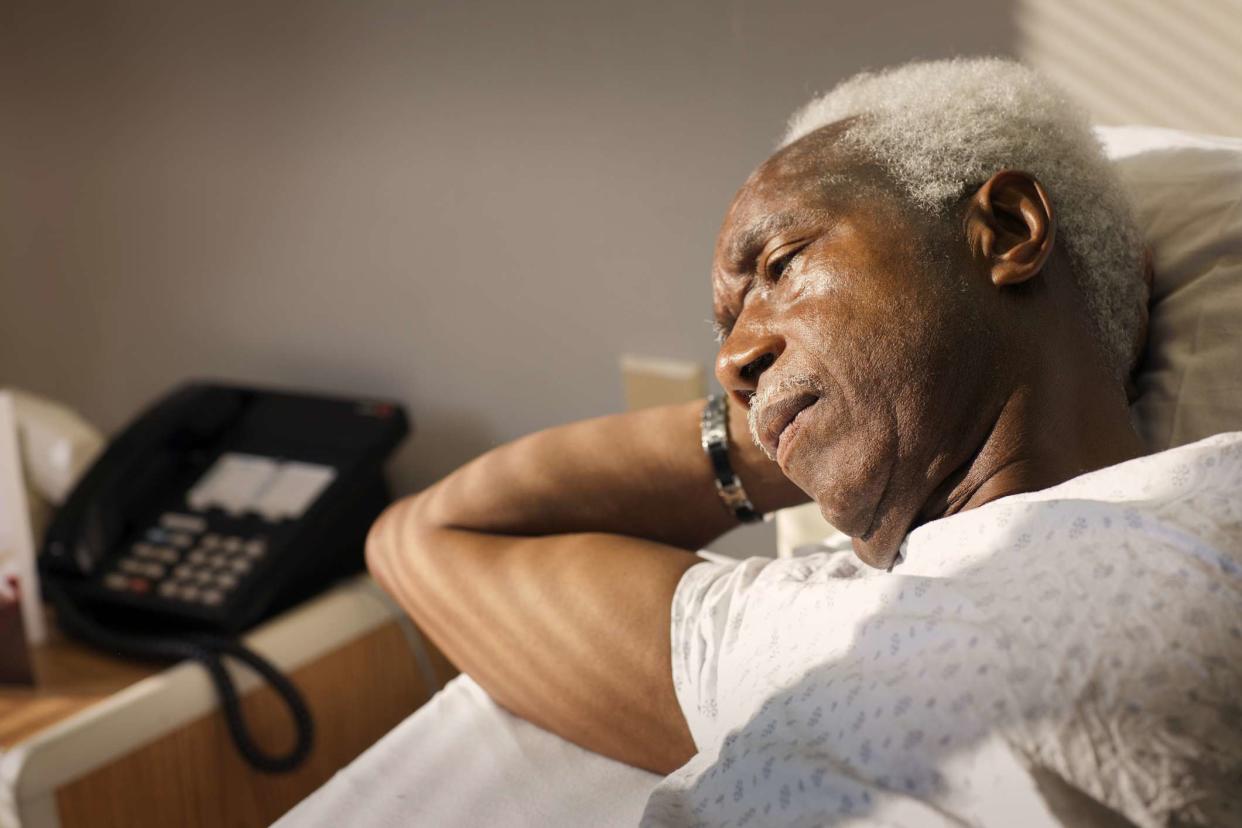Active Tuberculosis (TB)

Cavan Images / Getty Images
Medically reviewed by Reza Samad, MD
Tuberculosis (TB) can be an active infection or a latent infection. In an active TB infection, the Mycobacterium tuberculosis bacteria multiply in the body, most often in the lungs. During active infection with TB, you may feel ill and can transmit the infection to others.
A latent TB infection occurs when the bacteria are in the body but not causing serious illness. Both active and latent TB infections have effective treatments but require a long course of antibiotics.
TB is a common cause of lung infection (pneumonia) worldwide. Though tuberculosis is predominantly found in low- and middle-income countries, the bacteria is not restricted by borders.
This article will discuss the signs of active TB, diagnostics, and treatments available.

Cavan Images / Getty Images
Symptoms of Active Tuberculosis Infection
The symptoms of an active TB infection are similar to those of pneumonia and other infections of the lungs. The most common signs of active infection with TB can include:
Persistent cough
Fever
Bloody cough or phlegm streaked with blood
Weakness
Fatigue
Weight loss
Night sweats
Chills
Chest pain
Shortness of breath
Rare Symptoms
In some rare cases, TB can spread to other parts of the body. The most common areas where TB will spread include the lymph nodes, brain, spinal cord, abdominal cavity, pericardium (the membrane surrounding the heart), and joints.
If TB is found in an area other than the lungs, it is considered a more severe form of tuberculosis called extrapulmonary tuberculosis.
The symptoms will depend on the body site. It may produce:
Blood in the urine
Headache or confusion
Back pain
Hoarseness
All of the symptoms of TB are serious. Contact a healthcare provider if you suspect a tuberculosis infection because these symptoms require medical evaluation.
Causes
Tuberculosis is caused by Mycobacterium tuberculosis bacteria transmitted from person to person. TB is highly infectious and spreads through the air via respiratory droplets or small particles released when breathing, coughing, or sneezing.
You can contract TB by inhaling the bacteria from someone who has an active infection. People with latent infections do not release bacteria in respiratory droplets, so they do not transmit TB.
TB often spreads among individuals living close together. For this reason, special populations are at higher risk for developing TB, such as residents and staff in correctional facilities, nursing homes, and homeless shelters.
TB is more common in international regions, particularly countries in Southeast Asia, South America, and Africa. Frequent travel to these regions can increase the risk of acquiring TB.
Despite TB's high level of infectiousness, not every person who acquires TB will develop symptoms. In many cases, TB will remain latent within the body after exposure, and you may never develop any signs or symptoms of active TB.
About 5–10% of people with latent TB infection progress to active TB disease. If a person has a weakened immune system due to a condition or treatment (such as corticosteroids), they are more likely to develop active TB after acquiring TB. This includes people with HIV, diabetes, head and neck cancer, and injection drug users.
Diagnosis of Active Tuberculosis
Diagnostic tests are available to evaluate for active TB infection. Because TB is so prevalent, some tests are for screening purposes and other tests are for confirming the diagnosis.
Screening for latent TB is recommended for anyone at greater risk of exposure to TB. Your healthcare provider may recommend one-time screening or regular screening if you are at continued risk of exposure.
The most common tests are tuberculin skin tests and interferon-gamma release blood tests (QuantiFERON-Gold or T-SPOT.TB). These tests often screen for TB exposure. However, they cannot diagnose active tuberculosis.
The results of these tests may come out positive if you have latent TB or were vaccinated with the TB vaccine bacille Calmette–Guérin (BCG), whose use in the United States is uncommon.
If these tests are positive, lung imaging by chest X-ray or computed tomography (CT) scan and testing of sputum and other samples will follow to look for active TB infection.
Treatment for Active Tuberculosis
The treatment for active TB infection requires a combination of antibiotics. Because TB is prone to developing resistance, it can be a challenging bacteria to completely remove from the body.
Fortunately, combination therapies use multiple antibiotics targeting different pathways to treat TB effectively. These antibiotics must be taken for several months. Your healthcare provider will evaluate your medical conditions and TB status to better develop a custom treatment plan.
The antibiotic medications that treat TB often include:
Rifampin
Isoniazid
Pyrazinamide
Ethambutol
In the United States, the most common treatment duration for these four antibiotics is six months. Some people will need nine months of treatment. In some cases, the treatment may be simplified to two agents and treatment for four months.
Active TB involving the throat or lungs can be transmitted to others. You should stay home. not go to work or school. and not have visitors until you have been on the treatment antibiotics for a few weeks and cleared by a healthcare provider.
Summary
Tuberculosis is a bacterial infection that most often affects the lungs. It can be active and produce symptoms or latent symptoms. The symptoms of TB can often feel similar to those of other infections and may include a fever, cough, or chills. Tests and imaging can detect active or latent TB infection.
A long course of antibiotics treats active TB infection. Until cleared by a healthcare provider, the person treated can transmit the bacteria to others and should stay at home.
Frequently Asked Questions
What does a positive TB test mean?
A positive TB test can indicate exposure to TB, active infection with TB, latent infection, or having had a TB vaccine. If you have a positive TB test, work with your healthcare provider to evaluate the best next step. Imaging and further testing can determine whether there is an active infection.
Will TB go away on it's own?
TB is very infectious and difficult for the body to remove. If you have a TB infection, you will need treatment to fully eradicate the bacteria. Without treatment, TB will remain in the body and the bacteria may progress to develop a severe infection.
Why does TB treatment take so long?
TB is a bacteria that has developed resistance to many antibiotics. The bacteria have numerous ways to avoid detection and clearance from the body. In addition, TB can develop resistance to antibiotics treatments. As a result, combination treatment targeting multiple pathways for a long duration of time to ensure complete clearance is necessary. Without complete treatment, TB infection has the potential to happen again.

